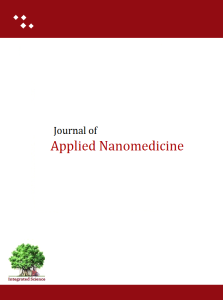In-vitro evaluation of synergism in antioxidant efficiency of Quercetin and Resveratrol
Plants serve as an excellent source of therapeutic molecules that help in medicinal treatments. The production of large amounts of pure phytocompounds from plant sources for human consumption and the nature of phytocompounds exhibiting toxicity issues at higher dosages lead to the challenge of increasing the therapeutic effect by using low dosages. This current study focuses on extracting two active antioxidant compounds, quercetin (Q) and resveratrol (R), from plant sources and evaluating their ability to exhibit antioxidant synergism through in vitro models. Quercetin and resveratrol were extracted using an ethanol-solvent extraction procedure from Allium cepa, and Vitis vinifera peels, respectively. The extracts were subjected to qualitative and quantitative analysis, column chromatography and then High-Performance Liquid chromatography for purification. DPPH, ABTS+, SOS, and cellular antioxidant assays evaluated the synergistic antioxidant activity of the quercetin and resveratrol complex. The results showed synergistic antioxidant efficacy values approximately as follows: 5.37 % in DPPH, 15.26 % in ABTS+, 11.99 % in SOS, and 19.13 % in cellular antioxidant assays when both molecules were used combinedly. The results promisingly pave the way for a new dimension in nutraceuticals formulation parameters which could trigger combined molecular usage to achieve better results at low dosages.
URN:NBN:sciencein.cbl.2023.v10.534
Chemical Biology Letters

